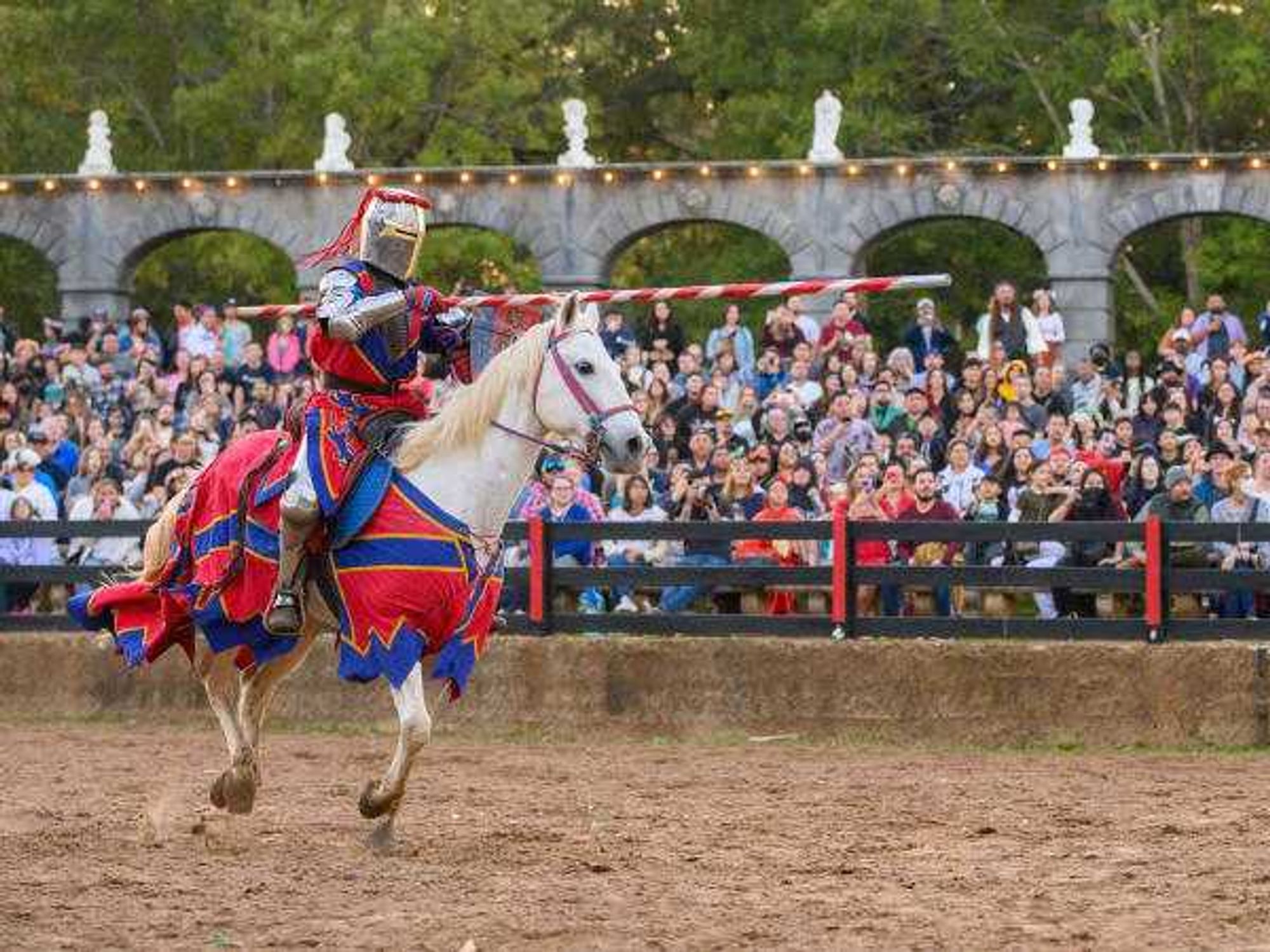The Arthropologist
All in the family: A closer look at the Gems of the Medici and the exhibition'snamesakes
 Terracotta Bust of Cosimo III, one of eight on display of different Medicipatriarchs by Giovanni Battista Foggini.Photo courtesy of Houston Museum of Natural Science
Terracotta Bust of Cosimo III, one of eight on display of different Medicipatriarchs by Giovanni Battista Foggini.Photo courtesy of Houston Museum of Natural Science Benvenuto Cellini, Cameo Fragment 1 BC, golden Integration to complete the piececommissioned by Medici.Photo courtesy of Houston Museum of Natural Science
Benvenuto Cellini, Cameo Fragment 1 BC, golden Integration to complete the piececommissioned by Medici.Photo courtesy of Houston Museum of Natural Science Giuseppe Antonio Torricelli, Female Bust, amethyst, chalcedony, alabaster andlapis lazuli.Photo courtesy of Houston Museum of Natural Science
Giuseppe Antonio Torricelli, Female Bust, amethyst, chalcedony, alabaster andlapis lazuli.Photo courtesy of Houston Museum of Natural Science Antonio Franchi, Portrait of Anna Maria Luisa de Medici, oil on canvas. AnnaMaria was the last living Medici and stated in her will the Medici collectioncould not be broken up or taken out of Florence (called the "Family Pact").Photo courtesy of Houston Museum of Natural Science
Antonio Franchi, Portrait of Anna Maria Luisa de Medici, oil on canvas. AnnaMaria was the last living Medici and stated in her will the Medici collectioncould not be broken up or taken out of Florence (called the "Family Pact").Photo courtesy of Houston Museum of Natural Science Cameo, Nativity on one side, Adoration of the Magi on the opposite side,enameled gold mounting with diamonds and sapphire.Photo courtesy of Houston Museum of Natural Science
Cameo, Nativity on one side, Adoration of the Magi on the opposite side,enameled gold mounting with diamonds and sapphire.Photo courtesy of Houston Museum of Natural Science Terracotta Bust of Cosimo I, one of eight on display of different Medicipatriarchs by Giovanni Battista Foggini.Photo courtesy of Houston Museum of Natural Science
Terracotta Bust of Cosimo I, one of eight on display of different Medicipatriarchs by Giovanni Battista Foggini.Photo courtesy of Houston Museum of Natural Science
It's the holidays, so I'd thought I spend some time with my people: Italians, really old ones, say from the Medici family down at the Houston Museum of Natural Science (HMNS).
I'd like to start this tale with a big shout out to Anna Maria Luisa De' Medici, because without her I wouldn't be able to stroll among the fabulous Gems of the Medici, currently on view at HMNS. Anna Maria Luisa, daughter of Cosimo III and last in the line of art loving Medici, created a will that dictated that her family's astonishing gem collection be kept whole.
"It's wonderful to see that a woman was the only one that had the foresight to demand in her will that the Medici collections were not to be broken up," says Amanda Norris, a historian, director of youth education sales and my super knowledgeable tour guide for the day.
"This will make Florence a stopping place for art for many centuries to come. No other Medici took any of this into consideration despite the fact that their collection had already been taken out of Medici hands once in their history."
La Famiglia Medici
For some 300 years, this strong-nosed clan dominated the art world of Florence and beyond. And they weren't royalty, although a few of them achieved Grand Duke status and a handful made Pope. (You bought your way to papacy back then. Imagine that!)
The Medici were bankers, and even had branch banking, but they totally understood the art of making connections in the art world. The exhibit includes antiquities dating from the 1st Century BCE as well as a cornelian that was part of the Seal of Nero.
The Medici were bankers, and even had branch banking, but they totally understood the art of making connections in the art world.
Norris finds the family history as compelling as the objects in the exhibit. She puts this family in perspective. "They were like the godfathers of the Renaissance," says Norris. "I'm very drawn to their struggles and their accomplishments, and their ambition is all around you when you walk through the exhibit."
Yet, the family almost dropped the art ball. According to Norris, the gap in the dynasty prior to Cosimo I's time in Florence was due to a confluence of events. After the Duke Alessandro de Medici was assassinated by rivals, the Medici were exiled from Florence. Florentians felt that the Medici had too much power, and were ready for a change in leadership.
But after Alessandro died there was not a direct heir, so when Florence's residents came to their senses and wanted the Medici back, they had to look deep into the family to find Cosimo I, the fourth cousin to Alessandro. Raised by his mother, they assumed he would easy to influence.
"They were in for a surprise when it came to Cosimo I because he decided to take on a real leadership role that would establish the Medici over the next two centuries," insists Norris.
The drama thickens with the family black sheep Grand Duke Gian Gastone de Medici, Anna Maria Luisa's brother. The guy wasn't much for interacting with the public.
"He preferred to stay at home, and would be the last Medici because he failed to produce an heir. And it get's worse, he wasn't much of a collector," Norris explains. "Some may have said he was a bit lazy."
Know your Cosimos
It seems the Medici were fond of the name Cosimo — hence Cosimo the Elder followed by Cosimo I, II and III. They may have shared the same prominent nose, sloped forehead and full Angelica Jolie lips, but the resemblance stops there.
"Who was your favorite Cosimo,?" I asked Norris. "The very first Cosimo (1389 – 1464), the grandfather to Lorenzo "The Magnificent." He started the original Medici gem collection."
The Cosimos may have shared the same prominent nose, sloped forehead and full Angelica Jolie lips, but the resemblance stops there.
Cosimo the Elder did indeed have a winning combo when it comes to the arts, smarts and power.
"He would make sure that the Medici were powerful and needed in Florence. He thought that the Medici should invest in civic patronage and encourages the artists and thinkers to come to Florence and work under the Medici," Norris explains. "He also commissioned Brunelleschi to complete the cathedral dome in Florence, a landmark today. He solidified the Medici family as the family in Florence. Even though they will be exiled more than once from Florence, the city leaders/government always turned back to the Medici."
Of course, Norris also has a fondness for Cosimo I (The First Grand Duke of Tuscany) for good reason, too, since he got things going again with the help of his wife.
"Here was a young man brought to Florence by the Florentine Government to help bring about stability. This man grew from a weak-willed man to a very strong powerful force. His alliance in marriage to a Spanish Princess (Eleonora di Toledo) gives him the military strength if needed. He's devoted to his family; the cameo of him and his wife commissioned by his eldest son will tell you that they had a strong family bond."
The gems
Enough about the family, let's talk gems. Large photographs alongside the cameos help us see the incredible amount of detail in these carvings.
"These artists were working with very basic tools, and they would have had to have amazing skills to create such intricate details," says Norris. "They might have had something like a magnifying glass but there is no hard evidence of that for sure. Due to the amount of skill and intense work that it would have taken to create one of these cameos, they were worth more than paintings by Botticelli at the time."
"These artists were working with very basic tools, and they would have had to have amazing skills to create such intricate details."
I gravitated to the Baroque section where the gems have an over the top luminosity to them. Both of us stop to gawk at the sparkling stair risers. They look painted. Norris confirms they are not.
"The combination of so many colored stones to make these intricate detailed risers is gorgeous. I would have really liked to see the entire set of stairs. I bet they were just awesome."
As for how the Medici's fare as the world's great collectors, Norris has a few ideas. "The Medici gem collection is one of the finest in the world. Because the collection is still in Florence it continues to draw visitors this many years later. The Galleria degli Uffizi, which houses several items of the Medici collection, is one of the oldest and most famous museums of the Western World. The Medici commissioned pieces from famous artists such as Michelangelo, Donatello, Da Vinci, Botticelli, Cellini and Bronzino. But they also collected pieces that date as far back as 1 BCE, which gives us a fascinating look at art through many centuries."
I'm holding out for the HBO mini series, and Norris is on board.
"Popes, a 13-year old Cardinal, illegitimate sons, future Queens of foreign European countries, military offenses, under the table trades and we didn’t even mention the scholars they where patrons of such as Da Vinci, Galileo and his notion that the Earth was revolving around the sun. This family had it all," Norris says.
The special exhibition is on view at HMNS through March 31, 2013. Admission costs $20 for children and seniors, or $25 for adults.



